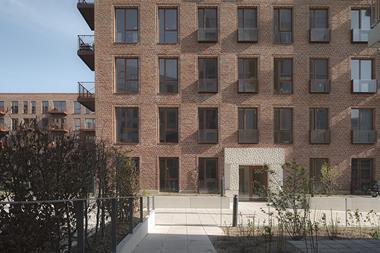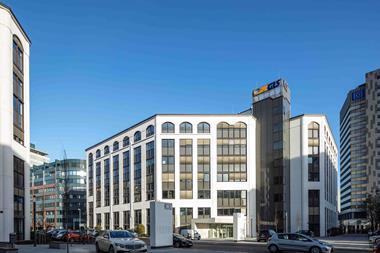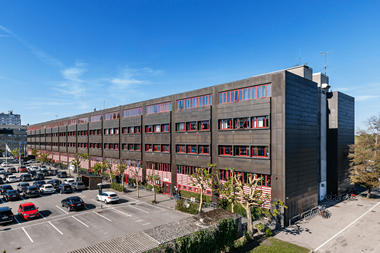US real estate could be put under serious pressure if the US Federal Reserve’s interest rates policy changes abruptly, experts at the IP Real Estate Global Awards conference have warned.
The Fed’s tapering action - coupled with low interest rates - has kept the US real estate market attractive for institutional investors. However, depending on how ‘orderly’ the rise in US interest rates will be, investors in US real estate could see their portfolio significantly decrease in value, members of the US panel at the IP Real Estate event, held in Munich, said.
Charles Dana Gibson, chief investment officer at , Greg MacKinnon, director of research at Pension Real Estate Association (PREA) and Gianluca Romano, managing director at Courtland Partners Europe, made up the panel which discussed opportunities in the US, as well as the Fed’s policy and its medium term effect on the sector.
Romano said: “The current Fed policy is one that usually anticipates high inflation. If rates are raised in an orderly fashion, then the real estate sector will see an inflationary period through.
“But if the Fed start increasing rates quickly, there is little they(investors) can do. Using instruments such as variable debt funds or inflation-tracking derivatives might serve as a partial hedge but will not be sufficient.”
With rents at 10-year highs, pricing of US assets is ‘aggressive’, the panel noted.
However, prospects for further rental growth make the market still attractive especially in secondary cities such as Austin, Denver, Phoenix, Seattle and so-called gateway markets.
High levels of capital inflows from outside the US confirm the cities’ collective attractiveness, the panel agreed. Foreign investors continue to buy assets even in primary markets, paying high prices for them - justified by a long-term view, the panel concluded.
Investors’ interest is increasingly shifting to other asset classes in the US especially logistics. With manufacturing now in recovery, and sustainability concerns, the sector’s supply chain is undergoing a ‘revolution’, with large logistics centres near manufacturing cities (or ‘inland ports’) particularly attractive. Changes in US demographics, with younger families preferring urban locations nearer to workplaces, suggest the wider real estate sector is facing structural changes.
Despite the improved outlook, current investors should, the panel agreed, be braced for a possible decision by the Fed to increase rates in order to curb inflation. That could be followed by the release of large chunks of US debt currently sitting on the bank’s balance sheet which in turn could expose investors with US real estate portfolios to significant downside.















